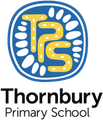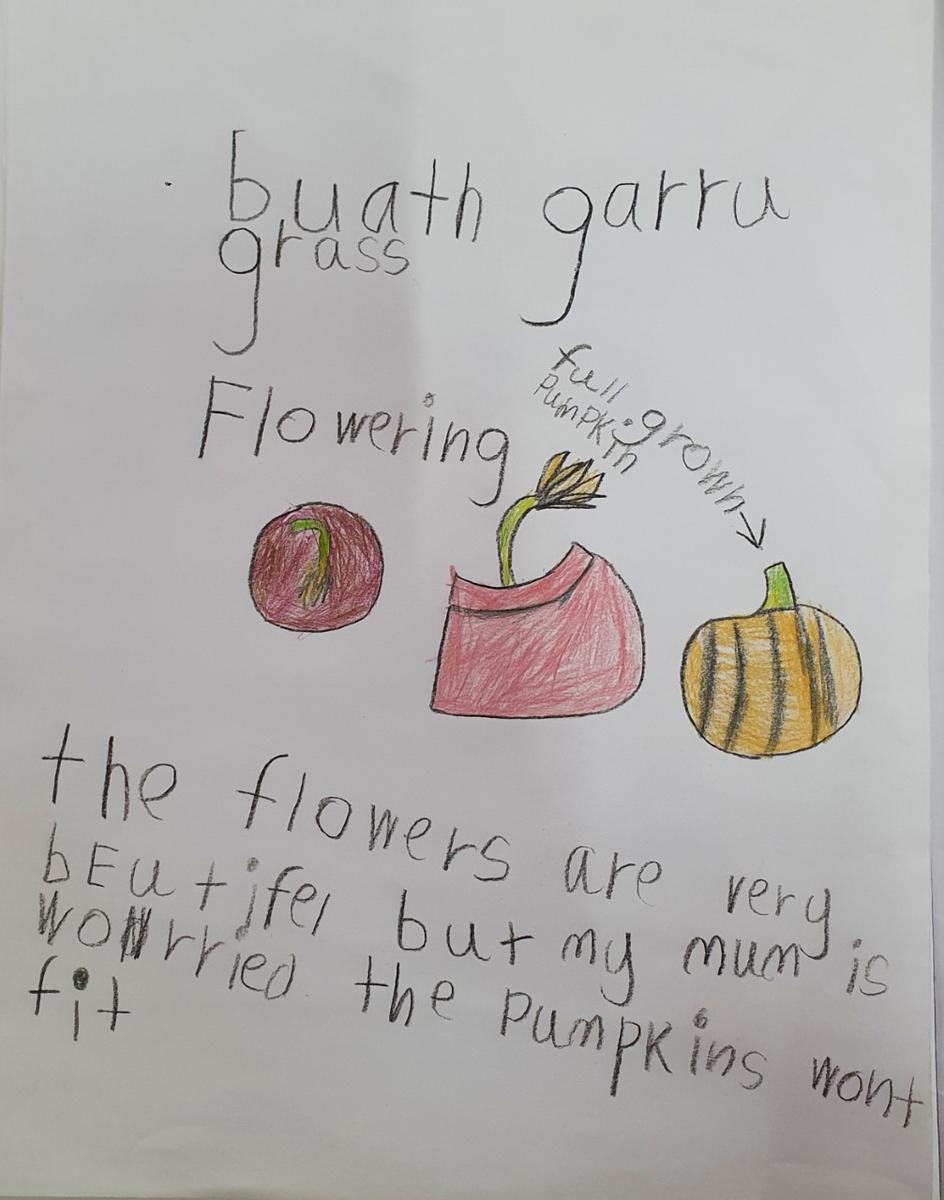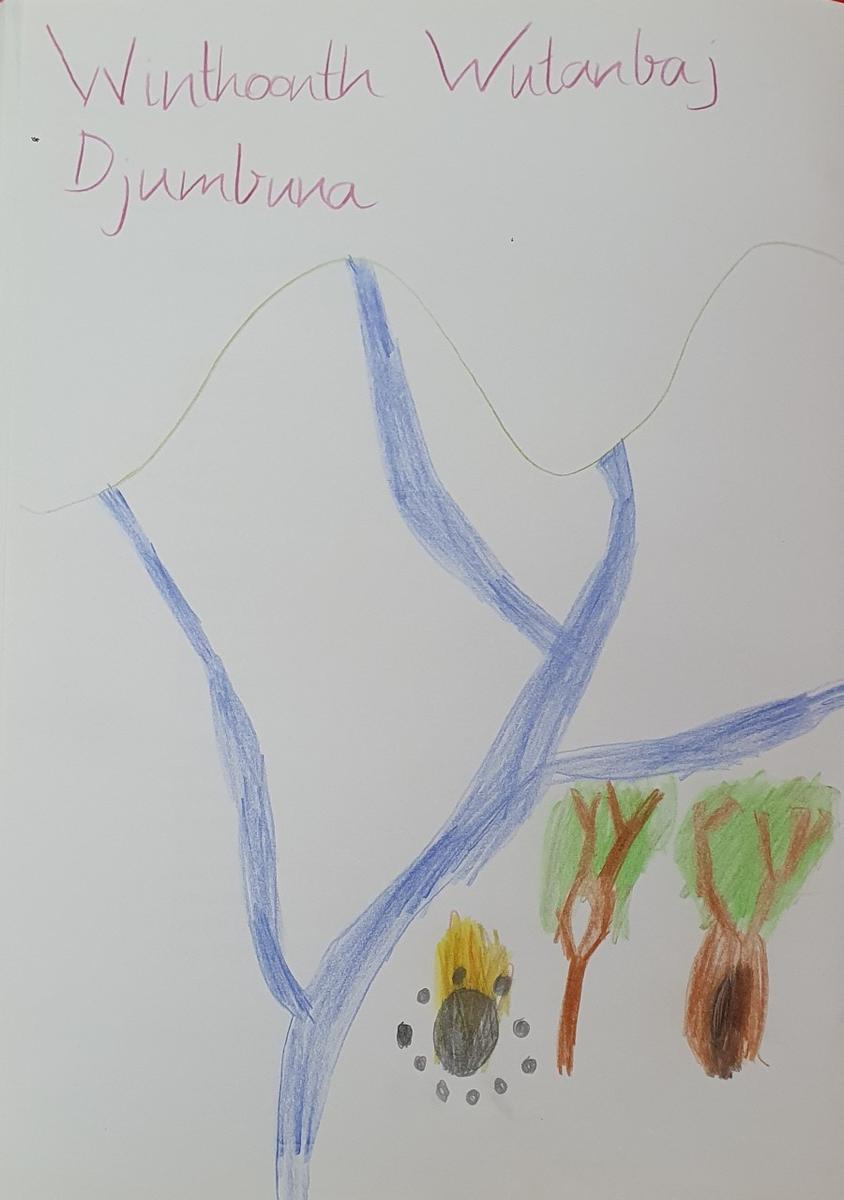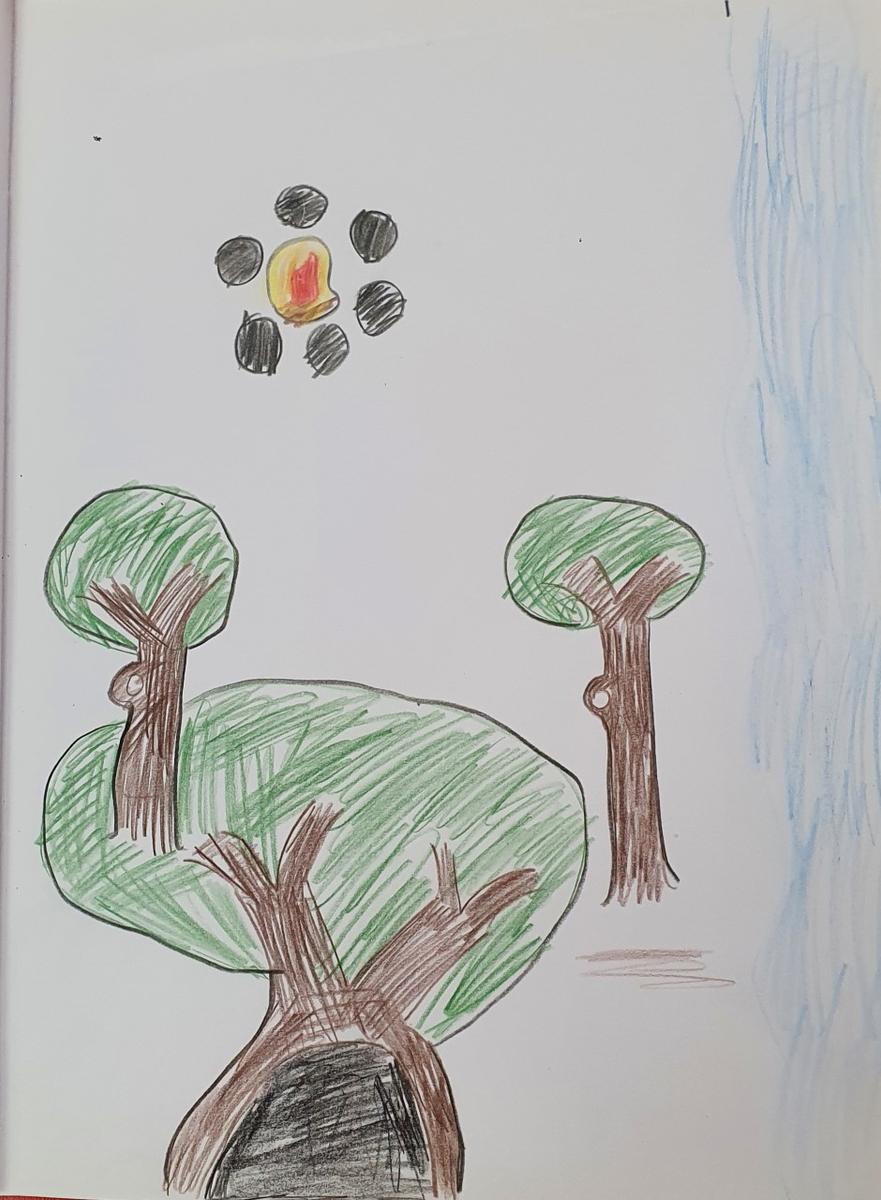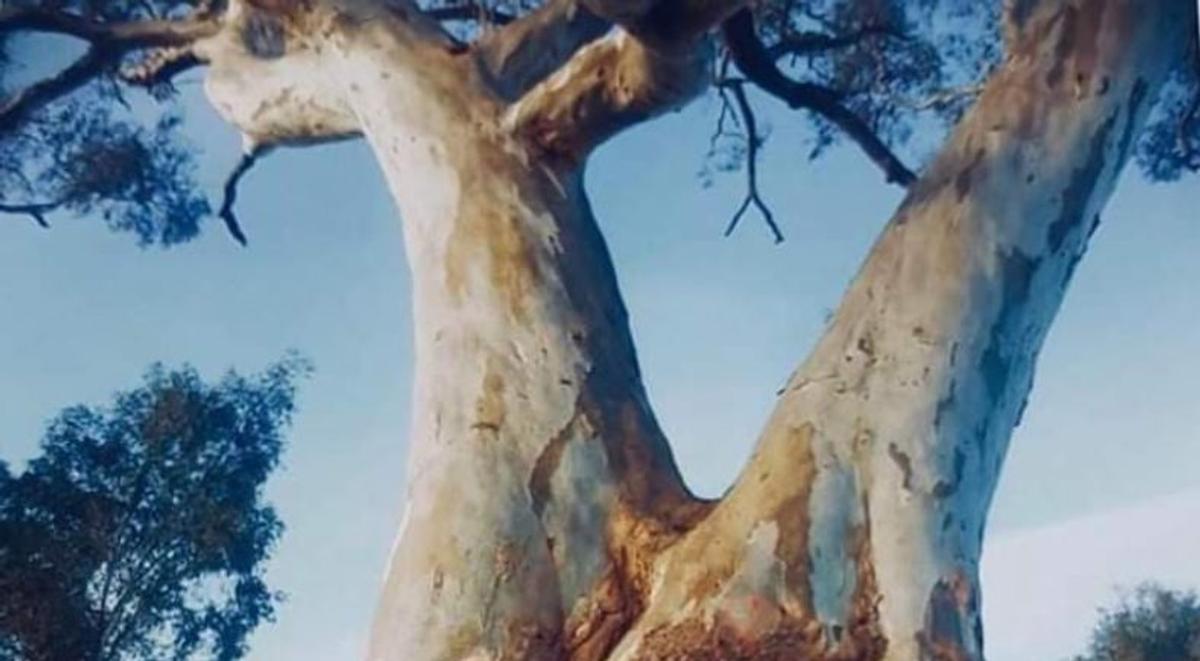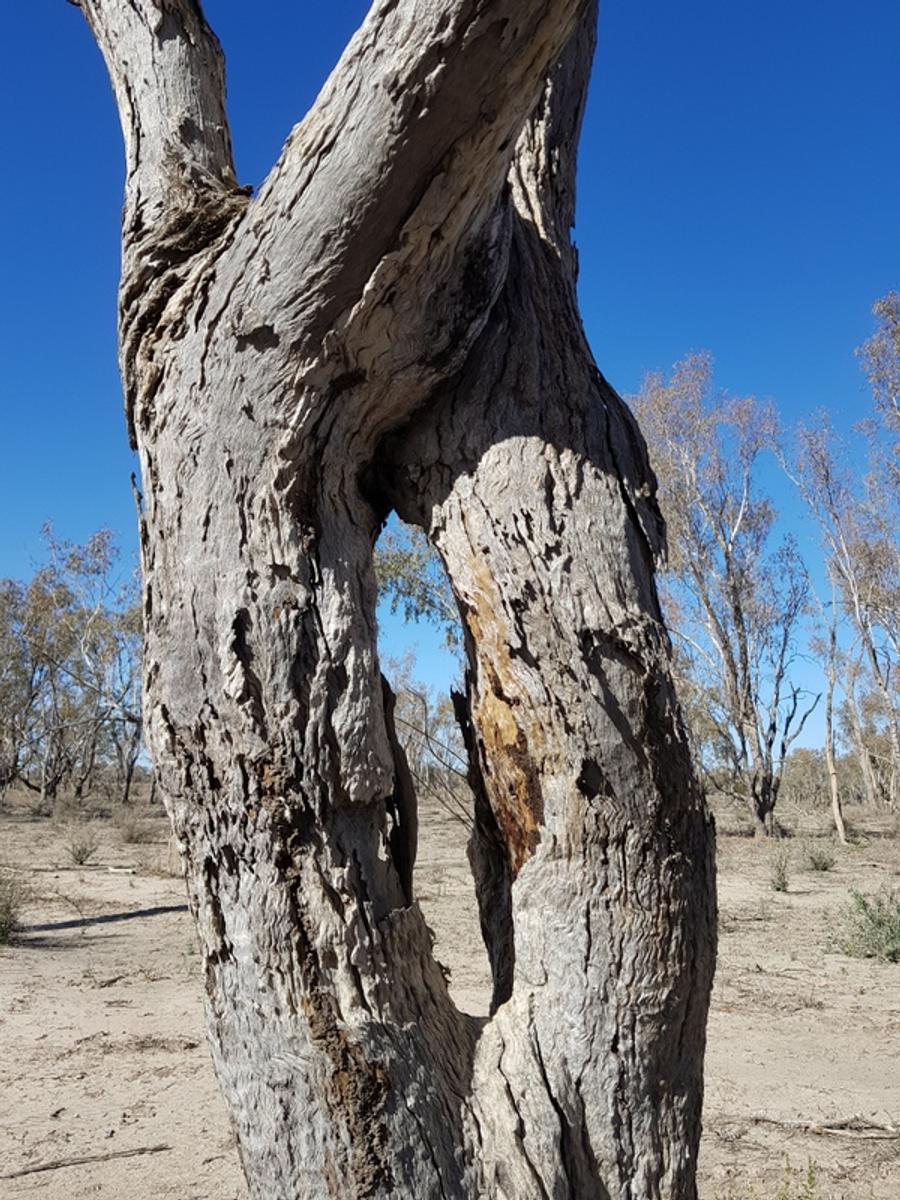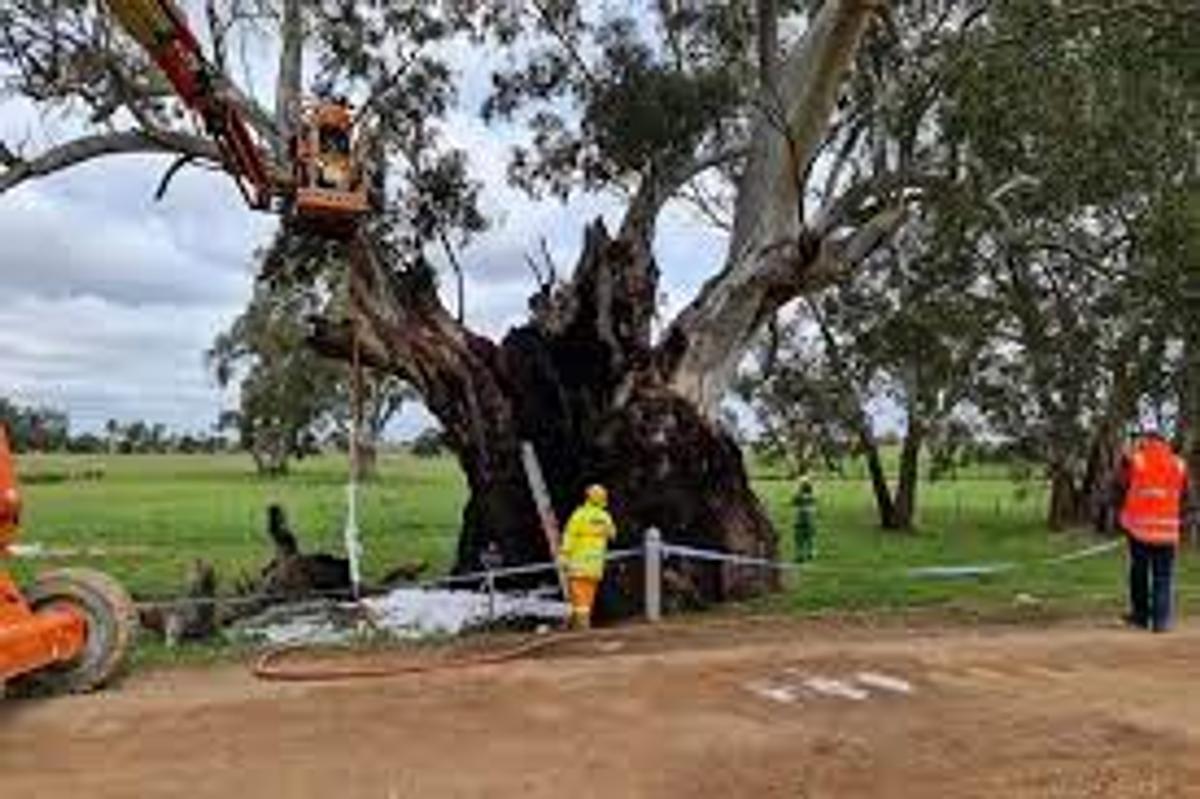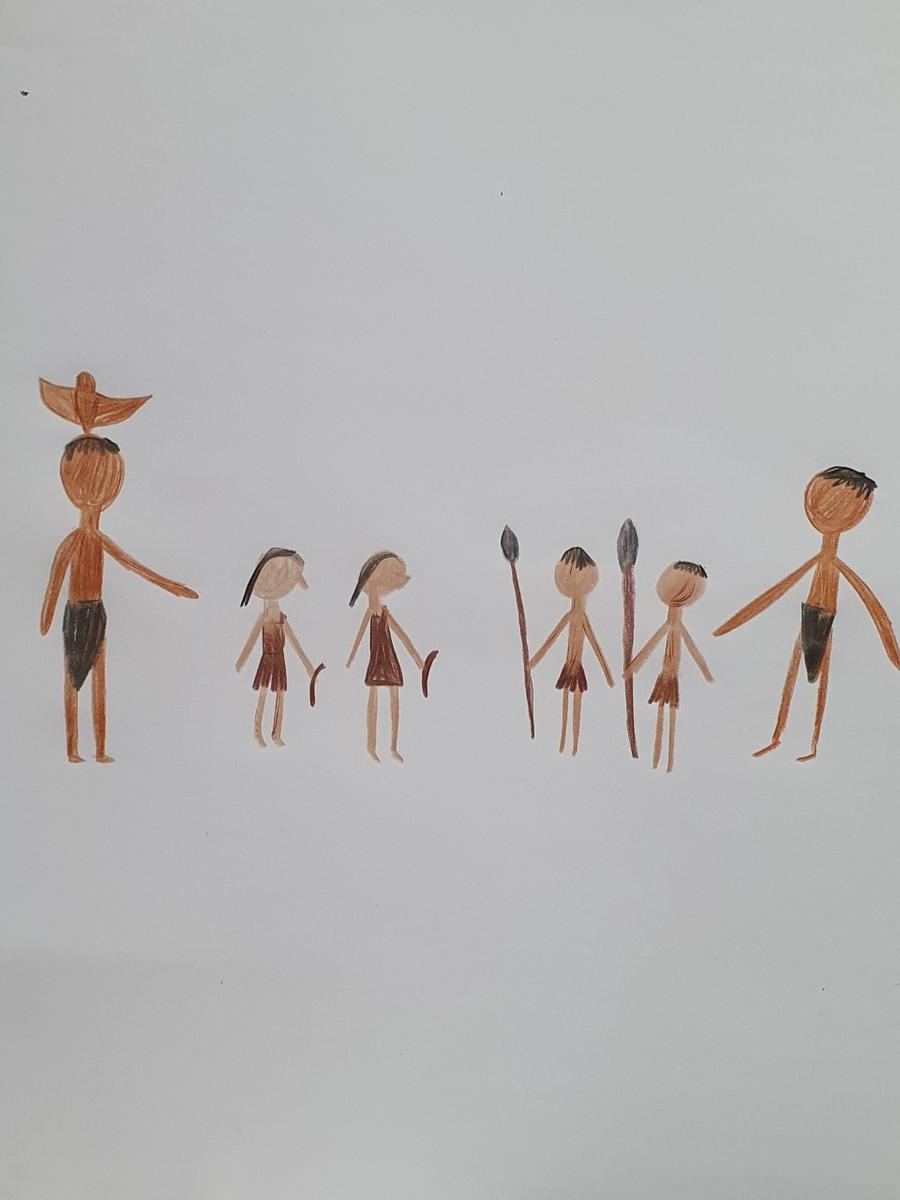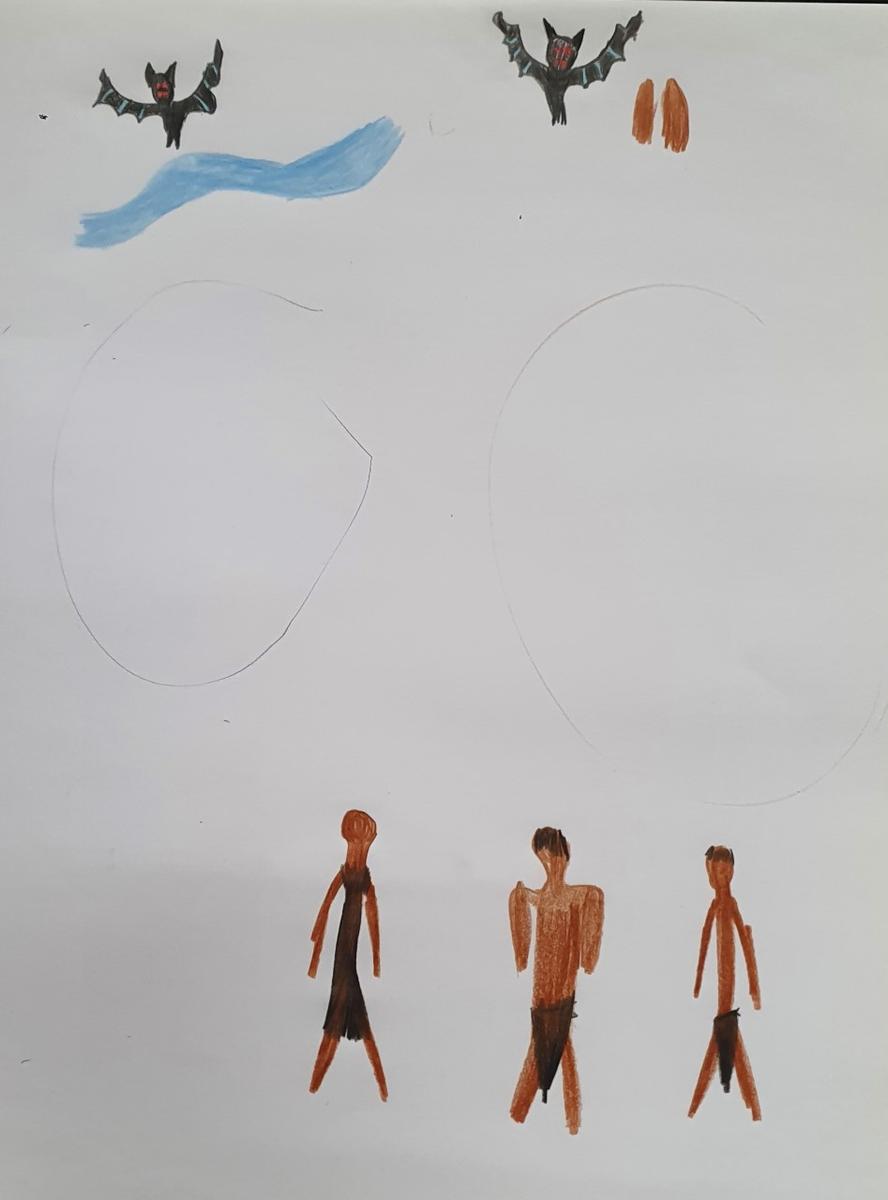Language & Culture Program
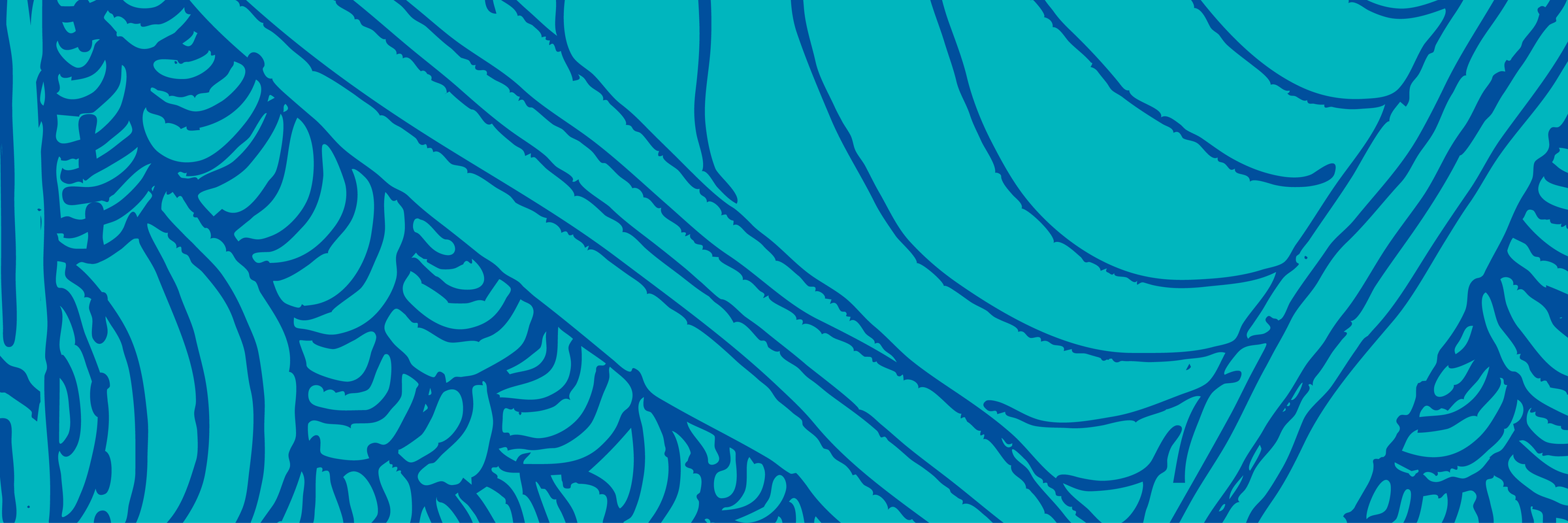
Kii, Deadly TPS community, biladu-njan wat/how are you all? And in the words of my Yawuru language...Ngaji gurrjin/Hello everyone!
As we have been learning, Wurundjeri gulinj (people) had, and still have, a very close relationship and deep connection with their biik (land). Their vast knowledge involves knowing how the seasons worked. This means knowing about all the changes that occur throughout the year, how the plants grow and how all the animals behave. This knowledge helped them in the past, to provide for their daily needs and live in harmony with their environment. Today they are using this knowledge in many different ways, including helping communities learn more about the natural environment and to develop plans to improve or repair areas of land.
Throughout the year, we have been learning about the 8 Wurundjeri Seasons in Melbourne. This term, we have been learning about the following season:
Winthoonth Wutanbaj-Djumbuna - Regeneration & Women’s Business Season. This season takes place from about September through to early November - the time of year people know as Spring.
An important part of Women’s Business was attending to the birth of babies, born during this time of ‘Winthooth Wutanbaj Djumbuna’. These birthing ceremonies were held at special locations, marked by special ‘Birthing Trees’. These trees were created by two saplings being tied together, so that they would grow with the two original trunks joining into a single trunk above the birthing site, where the babies were born. The tree pictured below is located on Djab Wurrung Country.
(https://radioadelaide.org.au/2019/03/28/800-year-old-birthing-tree-in-danger/)
These Birthing Trees were located close to a cleared area where the girls would go through their ‘coming of age’ ceremonies.
As well as being marked by Arched Marker Trees, the directions to such birthing and initiation places were often marked by ‘Ring Marker Trees’. This is where the branches of a sapling had been tied so that a branch or trunk of the tree grew with a hole in it, like the eye of a huge needle. Such Marker Trees acted like signposts and gave the men adequate warning that a birthing place was nearby and must be avoided.
Over time, from the early British invasion of First Nation people’s land through to today, the clearing of land for farms, for the ever-growing expansion of towns and cities, and for the building of roads across the land, has resulted in many sacred Birthing Trees and Ring Marker Trees cut down and destroyed.
Only recently, a 700 year old red gum Birthing Tree located on Dja Dja Wurrung Country, in Talbot, Victoria, was deliberately set on fire by unknown people, causing great heartache for the Dja Dja Wurrung people.
(ttps://www.abc.net.au/news/2021-08-08/dja-dja-wurrung-birthing-tree-set-on-fire/100359690)
Students have been learning that they can help First Nations people in Victoria, in their fight to protect these sacred trees, by learning about the importance and cultural significance of such trees like the Birthing Trees and Ring Marker Trees that are still surviving on Country. By learning about and becoming more aware of these trees, perhaps we can connect more deeply to this land we all call home, and use our voices to amplify the protests which First Nation peoples are directing towards the government in regard to the protection of such sacred trees.
The last ‘Coming of Age’ ceremony held by the Wurundjeri people took place at Coranderrk, about 190 years ago. After that last ceremony, all cultural ceremony and practice was forbidden by the Europeans. In recent times, a group of Wurundjeri women, all descendants of the families who went through the last recorded Wurundjeri ceremony are working together to bring back this important traditional ceremony for women and girls, to revive this ceremonial practice, for it to again be a part of their living culture.
The students all learned about a Kulin Nation Dreaming Story referring to ‘Balayang the Bat’ and the creation of women.
(https://cv.vic.gov.au/stories/aboriginal-culture/nyernila/taungurung-the-first-taungurung-women/)
P-2students have continued to develop their knowledge of the more basic sounds in the Woiwurrung language and the associated English letter patterns used to record them. They have regularly practised basic greetings and introductions, some basic conversation phrases and simple classroom commands and requests. Students have continued learning the terms for general body parts. They have also continued to build their knowledge of some general family and people nouns, and names of some birds and animals commonly found in Victoria, used for our school class totems. Students have continued practicing how to count from 1 to 10, as well as how to sing the ‘Happy Birthday’ song in Woiwurrung.
3-6 students have worked on strengthening their knowledge of the different sound/letter patterns in Woiwurrung. The vocabulary focus for the term has been on consolidating knowledge of body parts, general family and people nouns, singular pronouns, some common verbs, and common adjectives to describe feelings.
Have a chat with your child/ren about what they are learning.
Twaganin (Woiwurrung) Galia (Yawuru) / See you later
